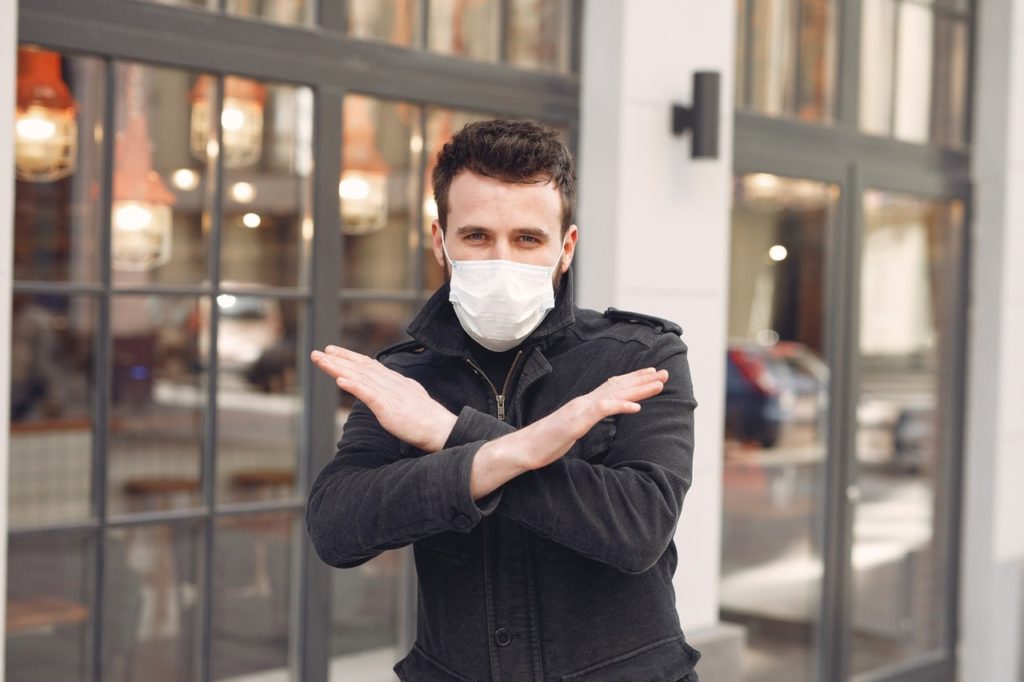By Col. Vivek Dantakale,
Founder Innovative Edu. Inst.
& Asst. Prof. Sunita Pawar
Viruses are RNA or DNA with some proteins enclosed in a fatty-membrane that are the infectious agent that can only replicate within a host organism. Viruses can infect a collection of living organisms, including bacteria, plants, and animals. Viruses are so small that a powerful microscope is necessary to see them. They have a simple structure. When they come in contact with the host, they absorb nutrients and replicate themselves. Viruses are inactive without and active within their host. They don’t exhibit most signs of a living being.
Antibiotics or antifungals don’t work on them, only very few specific antivirals may sometimes work. However, their outer fatty-membrane breaks with soap, detergents, >65% alcohol and alkaline solutions along with 20 to 30 seconds of vigorous agitation. Ultrasound and Ultra Violet light are good disintegrators of Viruses. Lighter flu viruses float longer and the likes of new Corona ejected in air 200 cm above the floor, float for about the same number of minutes before settling on the floor. Mild winds prolong danger but fast winds dry-up their fatty membrane and proteins. Mild temperatures up to 25°Celsius increase danger and temperatures above 28°Celsius dry-up and degrade viruses. Humidity below 50% also aids the degradation of viruses.
Social distancing dramatically reduces the possibility of people to people and carrier material to people infections. It’s quite possible to implement social-distancing with many means of engagements and entertainment along with long-distance communication. Stray incidents of violence due to new-found powers in the hands of police may be dealt with due restraint. Police need to be well motivated to gauge the need for the moment rather than the unrestrained use of force.
What else we all can do is (as advised by WHO):
When referring to people with COVID-19, we should be empathetic to all those who are affected. Since they haven’t done anything wrong, they deserve our support, compassion, and kindness. Do not signify to people with the disease as “COVID-19 cases”, “victims” “COVID-19 families” or “the diseased“. After recovering, their life will go on as usual. Their jobs, families and loved ones will remain unchanged. It is important to spare a person from having an identity defined by any disease, in order to reduce stigma.
Reduce watching, reading or listening to news about COVID-19 that triggers you to feel anxious or distressed; seek information only from trustworthy sources so that you can take practical moves to prepare your plans and protect yourself and loved ones. Seek info-updates at specific times during the day, once or twice. Fewer “facts” can help to minimize fears.
Aid children find positive ways to express feelings such as worry and sadness. Every child has his or her own way of communicating emotions. Sometimes engaging in a creative activity, such as playing or drawing, reading, writing stories, watching good movies can facilitate this process. Children feel relieved if they can express and communicate their feelings in a safe and supportive environment. Keep children close to their parents and family, if they aren’t affected by major ailments. Avoid separating children and their carers as much as possible.
Continue familiar routines in daily life as much as possible, or create new routines, especially if children must stay at home. Deliver engaging age-appropriate activities for children, including deeds for their learning. Where possible, inspire children to continue to play and socialize with others, even if only within the family when directed to restrict social contact.
During times of pressure and crisis, it is common for children to hunt for more attachment and be more demanding on parents. Chat COVID-19 with your children in a truthful and age-appropriate way. If your children have worries, addressing them together may ease their anxiety. Children will perceive adults’ behaviors and emotions for cues on how to accomplish their own emotions during difficult times.
Senior adults, particularly in isolation and those with reasoning decline/dementia may become more anxious, annoyed, stressed, agitated and withdrawn during the outbreak or while in quarantine. Deliver practical and emotional encouragement through informal networks (families) and health professionals. Be equipped and know in advance where and how to get practical help if needed, like calling a taxi, having food delivered and requesting medical care.
Ensure you have up to two weeks of all your routine medicines that you may require. Keep consistent routines and schedules as much as possible or help create new ones in a new atmosphere, including regular exercising, cleaning, daily chores, singing, painting or other activities. Stay in regular contact with loved ones via telephone, e-mail, social media or video chat. Protect yourself and be supportive of others. Supporting others in their time of neediness can benefit both the person receiving support and the helper. For example, check by telephone on neighbors or people in your community who may need some extra assistance.
Functioning together as one society can help to create solidarity in tackling COVID-19 together. Find occasions to amplify positive and hopeful stories and positive pictures of local people who have undergone COVID-19. For example, stories of people who have recovered or who have assisted a loved one and are willing to share their experience. Honor carers and healthcare staff supporting people affected with COVID-19 in your society. Recognize the role they play in saving lives and keeping your loved ones safe.
You may also Love to read:


